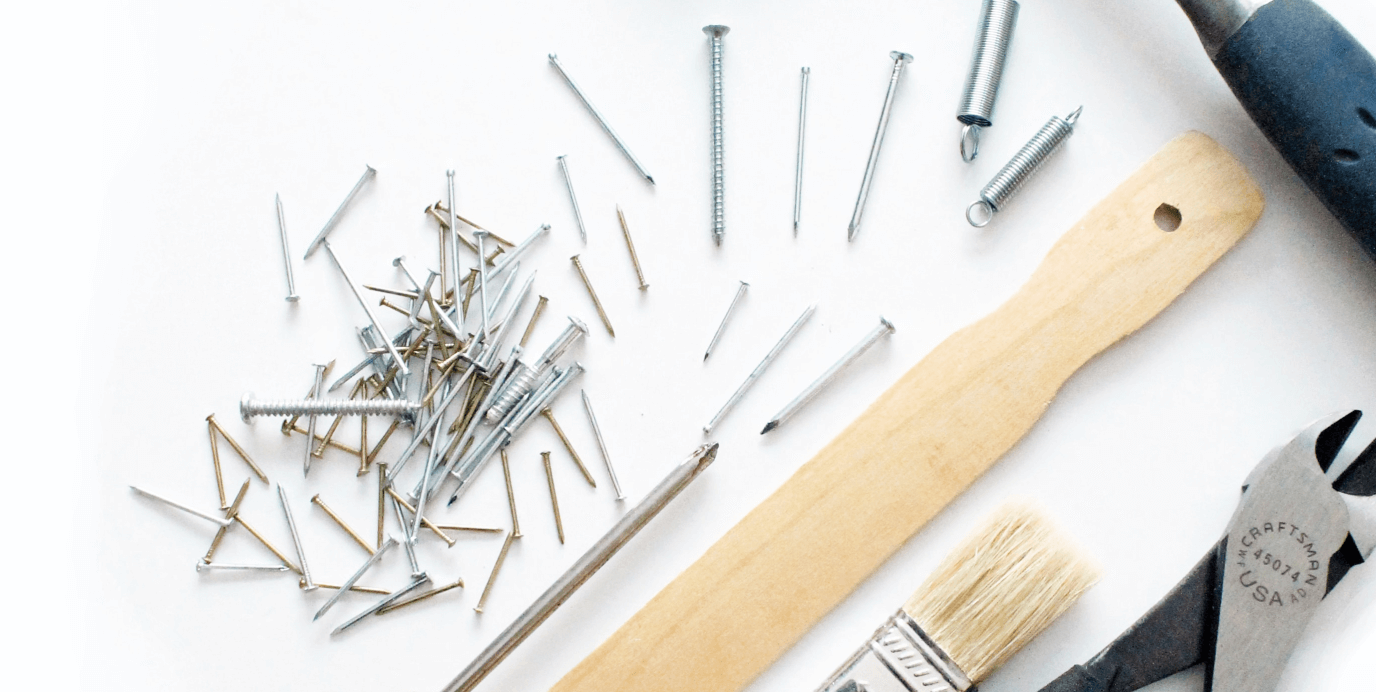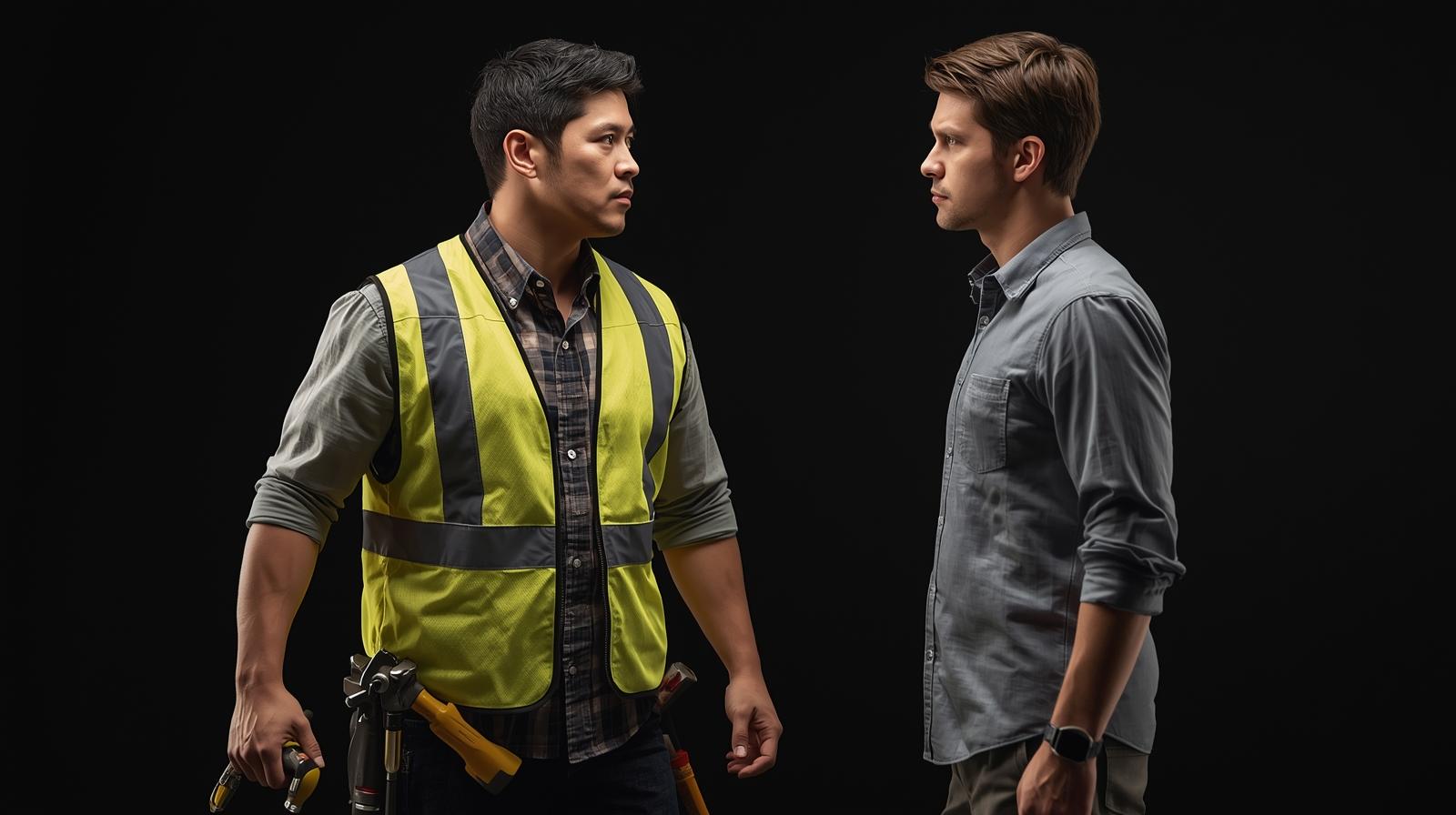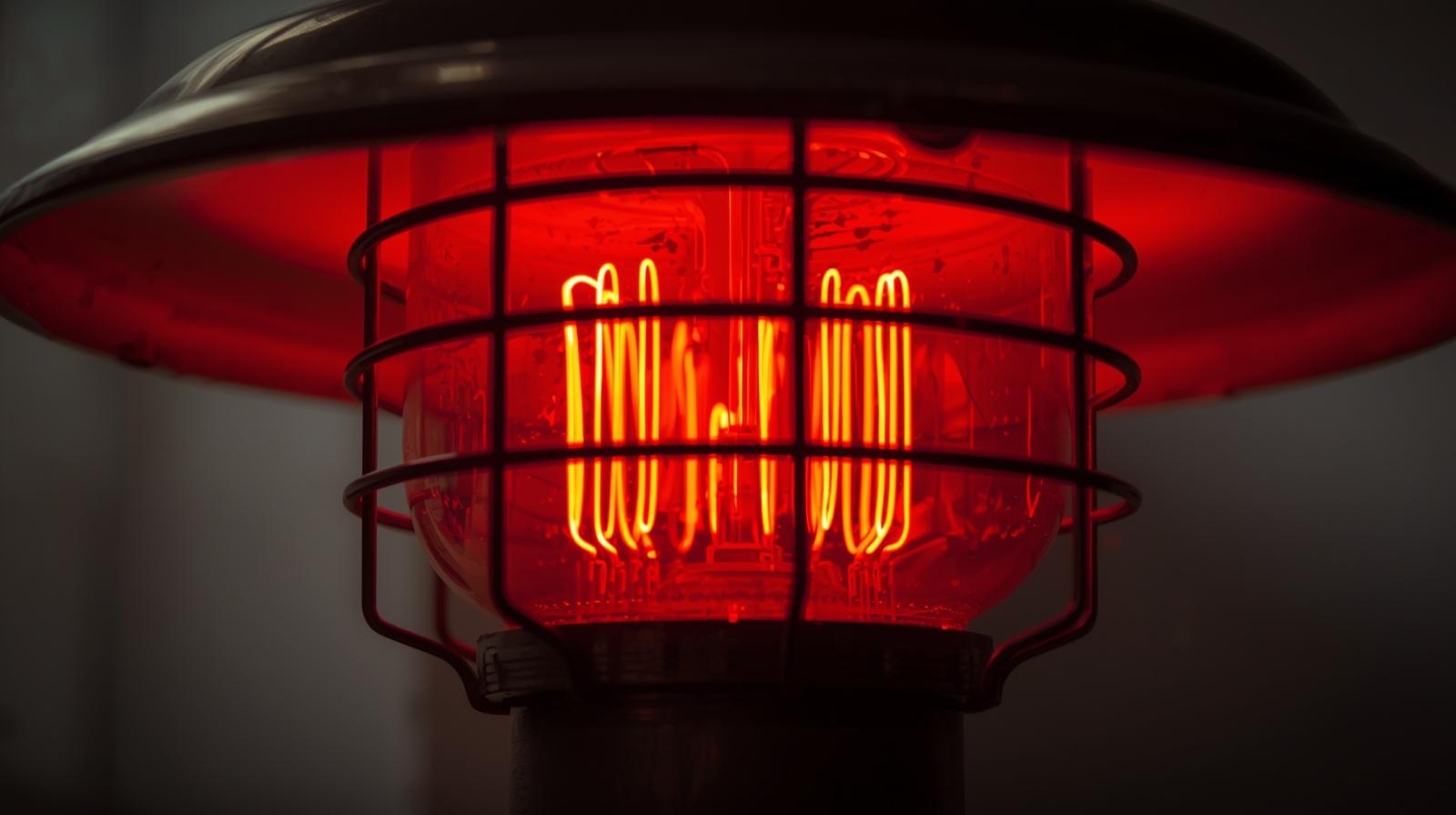
What Are The Common Problems That A Handyman Can Fix?
The Basics: Must-Have Tools for Every Handyman
At Haslett Handyman & Renovation, we pride ourselves on bringing the right equipment to every job, from a leaky faucet to a full kitchen remodel. But even before we get into the heavy-duty gear, there are a few foundational pieces that every homeowner (and professional!) should have within arm's reach.
In this article, we’ll cut through the clutter of the hardware store aisles and present you with a concise list of the 10 essential, fundamental tools that simply cannot be missing from your toolbox. Master these, and you'll be ready for 90% of household emergencies and minor upgrades!
- Claw HammerThe ultimate classic. Used for driving nails (carpentry, hanging) and pulling them out. Go for a medium weight (16 oz.) for versatility.
- Measuring Tape (25 ft)The foundation of all work. "Measure twice, cut once." Critical for drywall, trim, framing, and even decorating.
- Cordless Drill/Driver (18V or 20V)The single most used power tool. Used for drilling holes (Pilot holes) and driving screws quickly. Invest in a reliable brand for battery life.
- Level (2-3 ft & Torpedo)Essential for ensuring every installation (shelves, cabinets, mirrors) is perfectly straight. The torpedo is great for tight spots.
- Utility Knife (Razor Blade)Inexpensive but versatile. Used for scoring drywall, cutting shims, opening boxes, trimming insulation, and scraping. Always have sharp blades!6Adjustable Wrench & PliersUsed for minor plumbing (tightening nuts/fittings) and general mechanics. The adjustable wrench is a great universal tool.
- Screwdriver Set (Phillips & Flathead)You need several sizes. Magnetic tips are a huge bonus. Essential for electrical outlet covers, hardware, and furniture assembly.
- Safety Gear (Glasses & Gloves)The most important tool! Protect eyes from debris and hands from splinters/cuts. Never skip safety for any job.
- Stud Finder (Electronic)Critical for securely hanging anything heavy (TVs, cabinets, curtain rods). Prevents damage and ensures safety.
- Assorted Fasteners & AnchorsNot a tool, but a necessity! A small kit of drywall anchors, wood screws, and nails ensures you never have to stop a job prematurely.

Power Up: Essential Power Tools For Home Repairs
1. The Classic Claw Hammer
The hammer is the oldest and most versatile tool in the kit. Every home needs one.
- Pro Tip: Choose a hammer that is comfortable to hold, typically a 16-ounce smooth face model for general use. The claw is essential for pulling out bent or misaligned nails, making it indispensable for quick fixes and framing work.
2. The Indispensable Measuring Tape (25 ft)
"Measure twice, cut once" is the mantra of every successful handyman. Without an accurate tape measure, you’re just guessing.
- Pro Tip: Look for a 25-foot tape measure with a sturdy, wide blade. This length is sufficient for most rooms and exterior work, and a wide blade won't fold over easily when extended.
3. Cordless Drill/Driver (18V or 20V)
Forget manually screwing in hundreds of screws. This is the one power tool that is mandatory for every household. It quickly drives screws and, with the right bit, drills holes into wood, metal, and drywall.
- Pro Tip: Invest in a reliable 18V or 20V brand with two batteries. This ensures you always have power ready to go, and the higher voltage offers enough torque for tough jobs like driving long deck screws.
4. Reliable Level (2–3 ft and Torpedo)
Nothing makes a job look more unprofessional than a crooked shelf, frame, or cabinet. A level ensures everything is perfectly plumb (vertical) and level (horizontal).
- Pro Tip: Keep a standard 2–3 foot level for larger projects like hanging cabinets, and a small torpedo level for tight spaces and checking small fixtures or outlets.
5. Heavy-Duty Utility Knife
This tool is cheap, powerful, and useful for countless tasks. It's ideal for scoring drywall before snapping it, cutting shims, trimming excess materials, or simply breaking down boxes for recycling.
- Pro Tip: Always use a utility knife with a sharp, fresh razor blade. A dull blade is less efficient and, ironically, more dangerous because it requires more force to cut.
6. Adjustable Wrench and Pliers
These are your primary tools for handling nuts, bolts, and minor plumbing. The adjustable wrench eliminates the need for a huge set of fixed wrenches and is perfect for tightening sink fixtures and hose connections. Pliers (needle-nose and channel locks) help you grip, bend, and cut wire or fasteners.
- Pro Tip: When tightening with an adjustable wrench, ensure the jaw is snug against the nut to prevent stripping the edges.
7. Assorted Screwdriver Set
Even with a power drill, you still need a set of Phillips and Flathead screwdrivers for detailed work, especially for electrical components, delicate hardware, or when you need a gentle touch.
- Pro Tip: Look for a set that includes smaller precision screwdrivers for tasks like replacing batteries in toys or fixing eyeglasses. Magnetic tips are a game-changer when working in awkward positions.
8. The Essential Safety Gear
This is the most crucial item on the list. A handyman is only as good as their ability to protect themselves.
- Must-Haves: Always have a good pair of safety glasses (to protect against flying debris) and sturdy work gloves (to prevent cuts and splinters). Earplugs are highly recommended for any power tool use.
9. Electronic Stud Finder
If you're hanging a heavy television, a new mirror, or even a towel rack, you need to anchor it into a wall stud or solid blocking. A cheap stud finder will save you from patching dozens of misplaced holes in your drywall.
- Pro Tip: To double-check a stud finder's location, use a thin nail to test the area near the finder's mark before drilling a larger hole.
10. Assortment of Fasteners and Anchors
You can't fix a thing without the right hardware. Stocking a basic, compartmentalized box of screws, nails, and drywall anchors ensures you're ready for any small task without a mid-project trip to the hardware store.
Tight spaces: tools for working in small areas
Every house—especially older homes in the Haslett area—has its share of awkward, tough-to-reach spots. These are the spaces where a standard tool is simply too big, too long, or too clumsy to use effectively. Whether you’re dealing with plumbing beneath a pedestal sink, electrical wiring deep inside a cabinet, or flooring issues near a tight wall, having specialized tools is essential for a clean, non-destructive, and efficient repair.
As experienced contractors, we rely on a few key pieces of gear specifically designed to conquer these cramped corners.
1. The Right-Angle Drill/Driver Adapter
The most common hurdle is getting a power drill into a narrow gap, like between two studs or inside a kitchen cabinet. A right-angle adapter or a dedicated right-angle drill (often battery-powered) is the perfect solution.
- Why it's essential: It allows your drill to operate in a space just a few inches wide, letting you drill pilot holes or drive screws securely where you simply couldn't before.
2. Stubby and Multi-Bit Screwdrivers
When you can't swing a full-sized screwdriver (think tightening the screw on a shower escutcheon or inside a computer desk), a stubby screwdriver or a multi-bit ratcheting screwdriver is your best friend.
- Why it's essential: The short handle gives you the leverage you need in a tight hand-space, and the ratcheting version prevents you from having to lift your hand every half-turn.
3. Specialty Plumbing Wrenches
Plumbing jobs almost always involve contorting yourself under a sink or behind a toilet. Standard pipe wrenches or adjustable wrenches are often too big.
- The Go-To Tools:
- Basin Wrench: This long, T-shaped wrench is designed with a swiveling jaw specifically to reach the high mounting nuts that secure a faucet to the underside of the sink deck. It's nearly impossible to install a new faucet without one.
- Mini Pipe Wrenches/Slim-Jaw Wrenches: These are smaller versions of their full-sized counterparts, providing the necessary grip and torque for sink lines and tight fittings without the bulk.
4. Compact Lighting (Headlamps)
If you can't see the tiny nut or wire you're trying to manipulate, you can't fix it. A handheld flashlight is clumsy because it requires one of your two hands.
- Why it's essential: A lightweight, battery-powered LED headlamp keeps both of your hands free and directs a strong, focused beam exactly where your eyes are looking—an absolute necessity for crawlspaces, attics, and cabinet interiors.
5. Oscillating Multi-Tool (Flush Cuts)
Sometimes, a repair requires you to cut wood or trim a pipe that is flush with a surface (like cutting off the bottom of a door jamb for new flooring). A large saw won't fit.
- Why it's essential: This handheld power tool uses a small, rapidly vibrating blade to make extremely precise cuts in places no other saw can reach, perfect for detailed trimming in tight quarters.
6. The Torpedo Level
We mentioned the standard level earlier, but in a small space—like setting an appliance or leveling a shelf inside a niche—you don't have room for a 2-foot beam.
- Why it's essential: A magnetic, six-to-nine-inch torpedo level is small enough to fit on a pipe, between studs, or inside an opening, ensuring your work is level and plumb even when space is minimal
Ready to Build, Repair, or Renovate?
We hope this list gives you a great starting point for your own toolkit! Having the right equipment—from a simple hammer to specialized tight-space plumbing tools—is the first step toward a successful project.
However, sometimes the project is bigger than a weekend task, or it requires tools far beyond the basics (like specialized roofing gear, heavy-duty electrical meters, or complex deck-building equipment). That's where the Haslett Handyman & Renovation team comes in. We bring decades of expertise and every tool imaginable to ensure your project is done safely, perfectly, and stress-free.
Stop searching for the right tool and start planning your perfect renovation.
📞 Call us at 517-619-7468 or click here to book a free quote with Haslett Handyman today!
.jpg)

